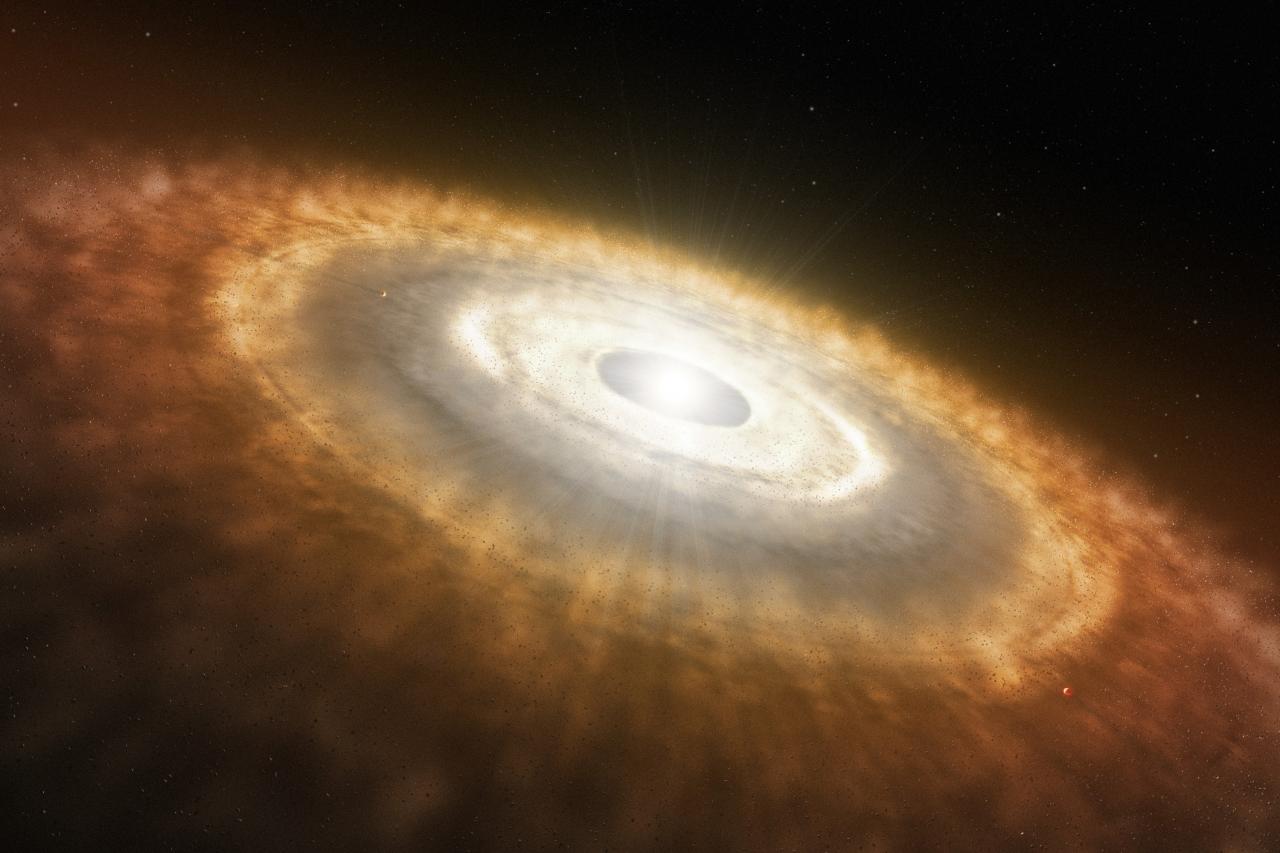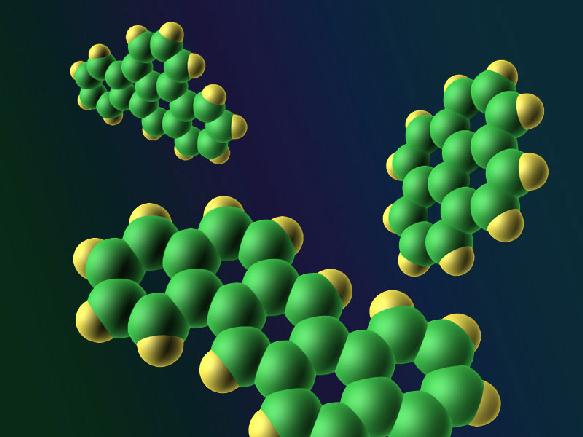Circumstellar Disks aroung Young Stars

Circumstellar disks around young stars are the birthplace of planets. To withness planet formation, observations of thermal emission from very big grains at cm-long wavelength are conducted by high-angular resolution telescopes such as ALMA, VLA. However, at cm wavelengths, emission may be dominated by emission from rapidly spinning nanoparticles.
Spinning Dust Emission and Application to Trace Nanoparticles

First, we study microwave emission from spinning PAHs and nanoparticles in circumstellar disks around young stars, in order to quantify the effect of spinnig dust emission on cm-wavelength observations and planet formation studies. Second, I have been working on formulating a new probe of PAHs using microwave emission from spinning nanoparticles which can allow us to trace PAHs and nanoparticles. The advantage of microwave emission from spinning dust is that it allows us to tracing PAHs/nanoparticles in a wide range of environments, whereas mid-IR emission is only able to trace PAHs/nanoparticles in conditions with abundant optical/UV photons.
Grain Alignment, Dust Polarization, and Magnetic Fields
ALMA is revolutionizing the observation of dust polarization in circumstellar disks, but the physical mechanism of dust polarization, whether self-scattering or grain alignment, is still unclear. We plan to study grain alignment by very big grains in protoplanetary disks and its application for interpreting dust polarization and tracing magnetic fields.
Circumstellar Envelopes aroung Old Stars
Grain Alignment, Dust Polarization, and Magnetic Fields
Magnetic fields are expected to play an important role in shaping planetary nebulae. To date, observations of magnetic fields in AGB envelopes are mostly obtained via maser polarimetry. I work on first understanding grain alignment mechanisms in AGB envelopes and its application to trace magnetic fields using dust polarimetry, which can be made using ALMA
Publications
- Hoang, Thiem, Lan, N.Q, Vinh, N.A., Kim, YJ, Spinning dust emission from circumstellar disks and its role in excess microwave emission, 2018, ApJ, in press
- Hoang Thiem, Nguyen Anh Vinh, Nguyen Quynh Lan, Spinning dust emission from ultrasmall silicates: emissivity and polarization spectrum ," 2016, ApJ,824,18, arXiv:1603.05277
- Hoang Thiem, Lazarian A., Draine B. T., Spinning Dust Emission: Effects of Irregular Grain Shape, Transient Heating and Comparison to WMAP data," 2011, Astrophysical Journal, 741, 87
- Hoang Thiem, Draine B. T., Lazarian A., Improving the Model of Microwave Emission from Spinning Dust: Effects of Grain Wobbling and Transient Spin-up," 2010, Astrophysical Journal, 715, 1462-1485